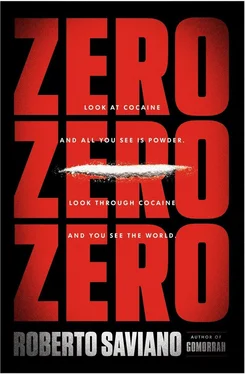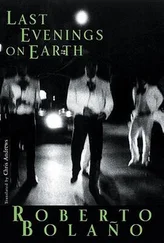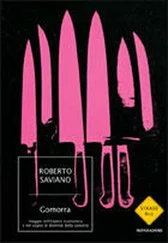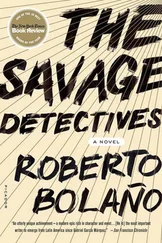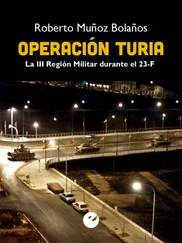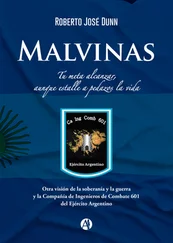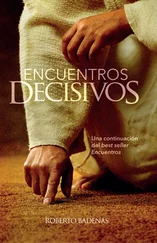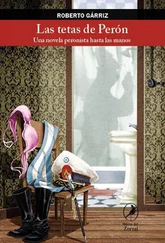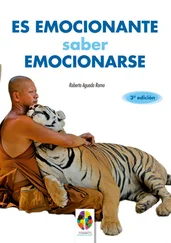“I have to fly?”
“How else are you going to get to Europe, Mamadu? Swim?”
Solving transportation problems is the narco-trafficker’s most pressing business challenge. To get the cocaine to the west coast of Africa they invested several million dollars constructing a veritable highway, the A10, so called because the ocean route travels right along the 10th parallel. Traffic is always heavy on the A10—there’s a constant coming and going — but only the tip of the iceberg is visible, thanks to the most spectacular seizures. Like the one on the South Sea, a cargo ship intercepted by the Spanish navy with 7.5 tons of cocaine onboard. Or the Master Endeavour, the huge merchant ship intercepted by the French navy with 1.8 tons of cocaine: The traffickers had drained the well deck in the stern of the ship normally used for drinking water so as to hide the precious cargo. Sometimes the big cargo or fishing ships moor off the African coast and wait for smaller craft — sailboats, dugouts, or coasting vessels — to shuttle the cocaine ashore. Commercial routes are busy day and night but the increased maritime surveillance and the numerous record confiscations have thrown them into crisis, to the point of forcing the narco-traffickers to aim higher, to opt for those agile airplanes. The most extraordinary example is that of the Boeing 727–200 that landed on a makeshift runway smack in the middle of the Mali desert and was burned on-site so as not to leave any trace. Investigations following the discovery of the fuselage gave rise to the hypothesis that the traffickers were transporting cocaine and arms and that Islamic radicals had let them use their secret runways to reach Algeria, Morocco, and Egypt, as well as provided them with jeeps and trucks. From there the drugs were supposed to make their way up to Greece and the Balkans, eventually arriving at the heart of Europe. This hypothesis was bolstered by discoveries made a few months later: The Boeing 727–200 was registered in Guinea-Bissau, had taken off from Tocumen International Airport in Panama, and was supposed to stop for refueling in Mali. It did not have authorization to fly, and its crew members were carrying fake documents, possibly from Saudi Arabia. Faced with a burning plane carcass, all the investigators were thinking the same thing: If the narcos can afford to get rid of a vehicle estimated to be worth between $500,000 and $1 million, how much cocaine did they manage to get in? A plane of that size can carry up to 10 tons of cocaine.
It takes preparation and mental strength to become a mule. You have to respect the rules and put your body through harsh training. Mamadu learns the secrets of the profession one suffocating afternoon, inside an abandoned shed on the outskirts of Bissau. Johnny told him to show up with an empty suitcase. “Why empty?” Mamadu had asked, but didn’t get an answer. In the middle of the shed is a long, low table on which is a row of capsules only slightly bigger than aspirin. Johnny, like a chef showing off his creations, gestures to Mamadu to come closer. He tells him to sit in the plastic chair in front of him, with the suitcase on his knees.
“Open it. Tell me what’s inside.”
Mamadu looks at him wide-eyed, he doesn’t know what to say.
“Don’t be afraid. Open it and tell me what’s inside,” he insists.
“It’s empty, sir.”
Johnny shakes his head.
“No,” he says. “It’s full. You are a tourist, you have some clothes with you, bathing suits. If someone like me wants to know what’s inside your suitcase, that’s how you have to answer. That’s the first lesson, the most important one.
Rules. In order to become a mule, above all you have to be a good actor. A tourist is perfect. But not too overweight. Too many capsules make your belly swell, and the customs officers have a sharp eye: The first ones they stop are fat men traveling alone with just a carry-on. Then there’s the payment. On delivery only. Too many mules in the past decided to live the good life in Europe for a few days with the narcos’ money and their drugs. And finally there’s the physical training.
“I like you, Mamadu. For you, only top of the line products. We care about our employees’ health,” Johnny says to him.
Mamadu is naïve but he’s not stupid. He sighs with relief when he discovers that his mouth is the only orifice of his body he has to open.
“I like you, Mamadu,” Johnny repeats. “Let’s go just with the main entrance this time.”
The training is very simple: You start with one capsule, fighting the instinct to spit it up. The operation is repeated a number of times, until the mule is able to swallow several dozen of them and then walk around like a young African tourist dazzled by Old Europe. Mamadu is ready.
Africa is to Mexico like a giant supermarket is to a food wholesaler. Cocaine is like one of the epidemics that have spread with alarming speed all over the African continent.
Africa is white. The dark continent is buried under a blanket of white snow.
Senegal is white, and so is the Léopold Sédar Senghor airport in Dakar. From a strategic point of view, it’s perfect: not far from Europe; not far from the world, thanks to connecting flights to capitals around the globe. Coke has to move quickly, and here, in white Senegal, it finds the energy to do so. Spanish, Portuguese, South African: only three of the nationalities of the most recent mules arrested aboard planes either arriving at or departing from Senghor airport. When the load is much larger, boats are needed. The Opnor, for example, which carried in its iron belly almost 4,000 kilos of cocaine destined for European markets before it was intercepted by the authorities in 2007 off the coast of Senegal. Senegal is a turntable, capable of taking in tons of coca to be treated, stockpiled, and then sent on.
Liberia is white. And Fumbah Sirleaf, son of the Liberian president, dirtied his hands white. It is he who works for the DEA, and who contributes to the fall of an organization whose ranks include African bosses and Colombian narcos. In 2010, thanks to a DEA operation, a network of South American, East European, and African drug traffickers was arrested. The associates had been in contact with this Liberian big shot, Sirleaf, for a long time, but they didn’t know that in fact he was a DEA informer. Sirleaf discovered that the network could count on high Liberian state officials for their traffic and gave precious information and tape recordings to the DEA.
Cape Verde, a turntable per excellence, is white. The ten islands that make up the archipelago hold out their hands to Latin America while remaining firmly anchored off the coast of Senegal. A drug traffickers’ paradise.
Mali is white. And white are the projects of Mohamed Ould Awainatt, a businessman arrested in 2011, the head of an organization that treated the desert as a highway heading north. Jeeps and cocaine.
Guinea is white. White are the affairs of Ousmane Conté, son of the president who governed Guinea for twenty-four years, arrested in 2009 for international drug trafficking. In an interview on national TV, Conté admits between the lines to being implicated in drug trafficking but denies being the head of Guinean narco-trafficking. His brother Moussa is arrested as well, and two years later a huge trial begins, involving dozens of big shots. But nearly all the accused, including Ousmane Conté, will be exonerated. Corruption and precarious institutions: the holes the traffickers slip through.
Sierra Leone is white. Fragile, poor, wounded by civil war right up until the advent of democracy in 2002. And white is the Cessna that in 2008 was supposed to be carrying medical supplies and instead concealed more than half a ton of cocaine.
Читать дальше
